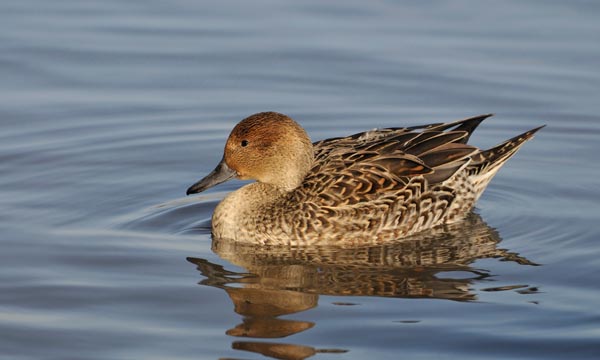Related Wildlife Species Founds in India
Lorem ipsum dolor sit amet, consectetuer commodo ligula eget dolor
Aenean massa Cum dis parturient montes.
Change language

Location :Tarn Taran Sahib district of Punjab
Coverage area : 41 sq km
Main attraction : pintail, wigeon, shoveller and brahminy ducks
Best time to visit :October to February
Nearby excursions : Wagah Border, JallianwalaBagh
Nearby cities :Amritsar
The state of Punjab is bordered by J&K in the north, Haryana to the south, Himachal Pradesh in the east, and Pakistani province of Punjab to the west. People generally plan their trip to this province for visiting the most common places such as The Golden Temple, Wagah Border, JallianwalaBagh, palaces, forts of erstwhile Maharajas of India. But, for nature lovers, one of the other interesting places to visit is Harike Wetland.
Located in the Tarn Taran Sahib district of Punjab, Harike Wetland is the largest wetland in northern India. The popular Harike Lake is placed deep within the park. Occupying 4100 hectares and spreading into three districts of Punjab, this is also a water source for the Indira Gandhi Canal, situated in Rajasthan. Being only an hour away from the city of Amritsar, there are many more local attractions for visitors.
Harike is one of the largest man-made wetlands
of northern India which shares its locale with the Tarntaran, Ferozpur and Kapurthala districts of Punjab. After the construction of barrage near the confluence of rivers Sutlej and Beas, this place came into existence in 1952. Harike is a significant abode for the birds migrating from across various international frontiers. The wetland area is spread over about 41 sq km and supports over 400 avian species. Apart from being one of the finest places for birds, Harike also harbors endangered aquatic mammalian as well as reptilian fauna. The most commonly spotted one include the smooth-coated otter, Indus river dolphin, and seven species of rare freshwater turtles. Taking up about86 sq km area, it has been notified as wildlife sanctuary. This site was accorded the wetland status in 1990 by the Ramsar Convention after the area was considered a wetland of international importance especially as waterfowl refuge.
With temperature lying in the range 23?C and 45?C from March to July, the summer season is quite hot. The city is hit by heavy monsoon sometime during July to September. From October to February, lasts winter.
The ideal time to visit HarikeWetland is during the winter months from October to February. It is the time when a lot of migratory birds are known to visit the wetland.
Aqua fauna is present predominantly in the Harike region. The sanctuary is a bird watchers paradise and attracts thousands of migratory birds during winter some of which fly as far off as Arctic and Siberia. During the peak migratory season, as many as 45,000 ducks have been recorded here. The most common ones include but not limited to common teal, pintail, wigeon, shoveller and brahminy ducks. Crested pochard, common pochard and tufted ducks are the particularly famous ones as diving ducks. 40 species were long distance migrants have been recorded to pass through HarikeLake in winter. Today the Harike Wetlands eco-system is a vital conservation site for Punjab. After the massive effort by the army along with the Punjab Wildlife and Forests Department, it has been possible to record 368 species by getting rid the wetlands of the deadly water hyacinth weed.
Amritsar , 58.5 km
Ferozepur , 66 km
Kapurthala , 69 km
Ludhiana , 108 km
Chandigarh, 210 km
Jammu , 267.4 km
Himachal Pradesh, 294 km
New Delhi , 434 km
Jaipur , 620 km
Mumbai , 1680 km
Goa , 1194 km
Airways
Amritsar is the closest airport which is at a distance of 60 km from Harike Wetland. It connects all the major Indian cities. There are private cars and taxis available for transfer from the airport.
Railways
The nearest town to the wetland is Makhu (Ferozepur) Railway Station. A more known rail head is at Amritsar which is situated 60 km away from the region.
Roadways
Tourists often hire a bus or a cab towards the Harike Wetland. A bus stand is situated 10 km south of the Harike town that connects Faridkot, Ferozpur, and Bhatinda by the National Highway.
Accommodation facilities
There are no separate restaurants or luxurious hotels in Harike.Continent Nakodar Hotel & Resorts, Hamira Luxury Homestay, Hotel Mehak, RehanBasera, Shiv Guest House are some of the most preferred private stays. The Canal Guest House opposite the Harike Wetlands Complex is one of the best stay options. But, like other accommodations, they do not accept any advance booking.